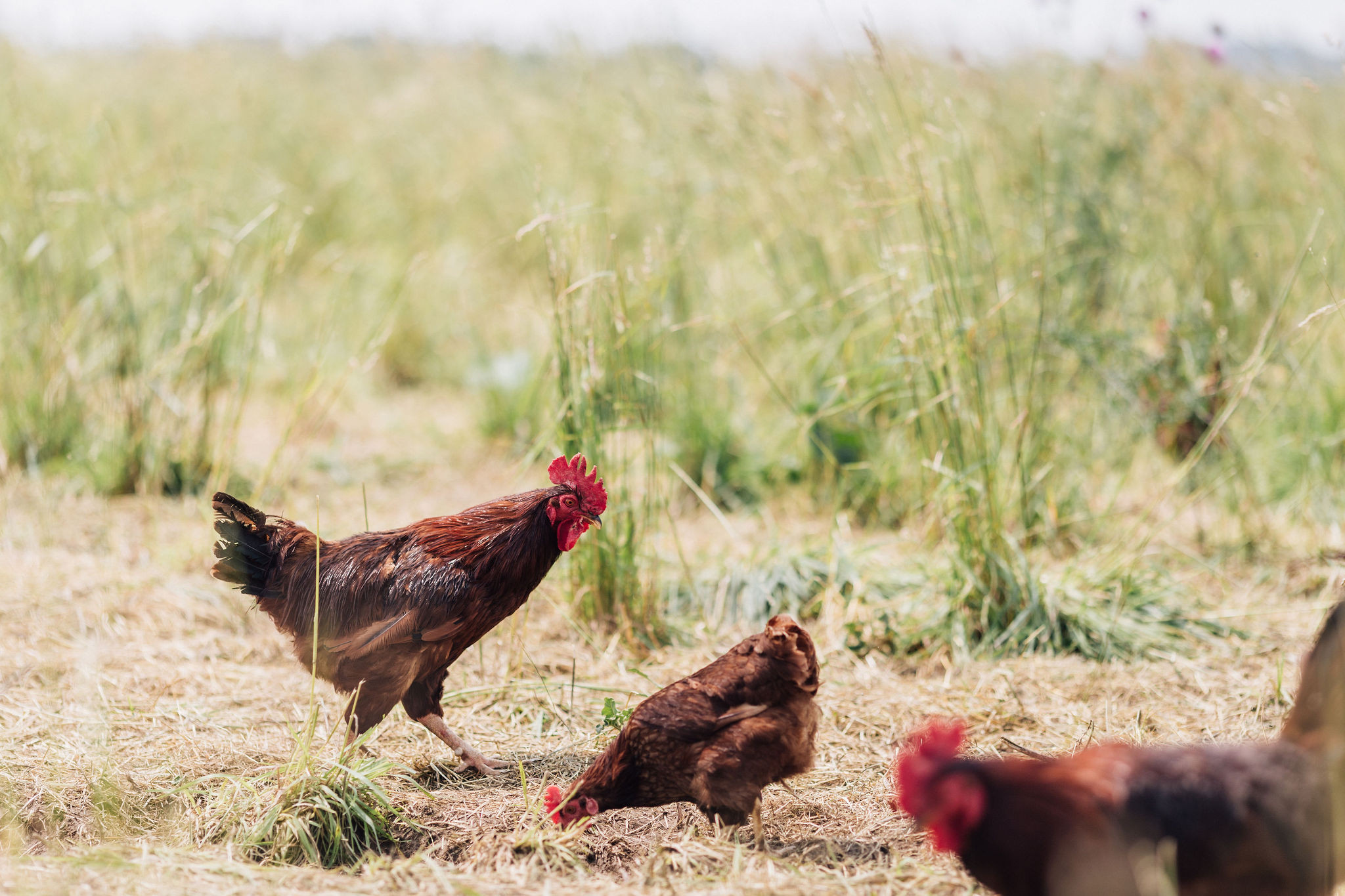The udder truth about dirty teats
posted on
October 26, 2018
Imagine you are a cow, and it’s a chilly fall night. You look around and see a steaming pile of fresh manure. What would you do? You’d sit down and squoosh your udders into that soft warm pillow and fall fast asleep.
This is why, when the cows go in for the 5am milking, their teats are filthy!
An average farmer simply coats the teats in iodine and leisurely wipes them with a paper towel.
Our farmer is beyond average. He’s exceptional.
Our farmer is constantly improving his farming practices. Our farmer used to do what almost every farmer does that clean teats quickly as described above. But, over the years, he has become more educated so he can provide the highest quality products to members.
If you’ve been a member and drinking Miller’s milk for years, you likely noticed the change. The milk tastes fresher and lasts longer.
Our farmer now understands that, in order to truly produce clean milk, the teats AND the udders need to be completely and udderly clean.
Every time a cow comes in for milking, the farm staff clean its whole udder with iodine-coated rags, washing all dirt and manure off the cow’s belly. If they pee or poop… well, it gets cleaned again.
Then, just before the milker is attached, each teat is cleaned with iodine. The teats often have an indent at the tip, so the farmer takes special care to point the tip towards him and clean manure from the crevice.
The farmer evens go so far as to remove the cows' long thick udder hairs. Udder hairs trap dried mud and manure on the cows' underbelly.
You can be assured that the milk from Miller’s Biodiversity Farm is manure free. Unfortunately, the same can’t be said for the average farm, and this includes conventional, organic, small, and big farmers.
If you source milk from farms other than Miller’s, I recommend talking to the farmer about his sanitation practices during milking. It’s so important to drink clean unprocessed milk.




